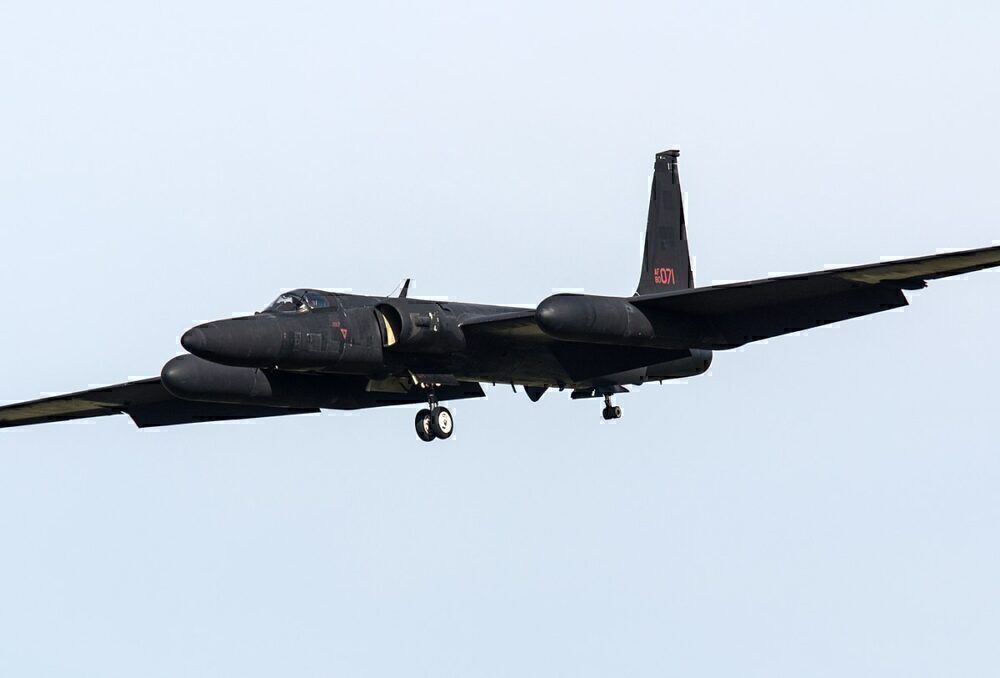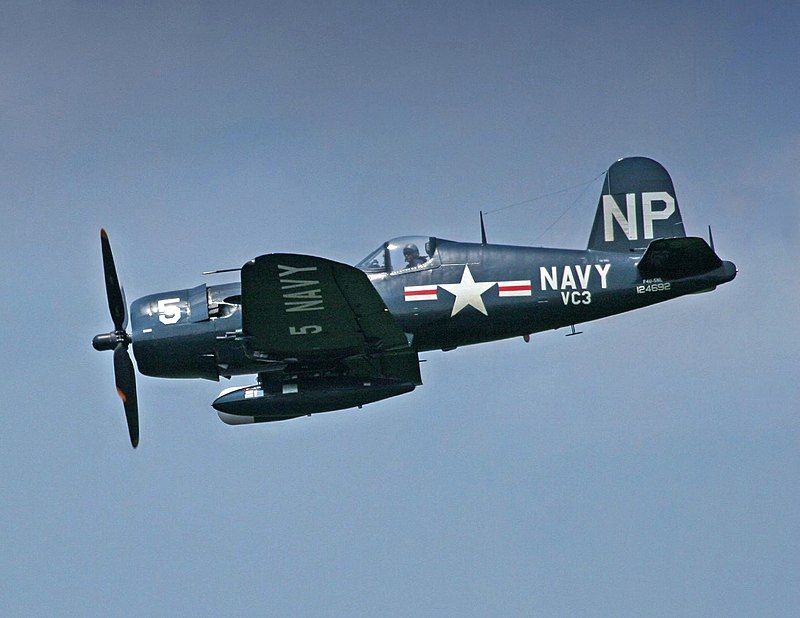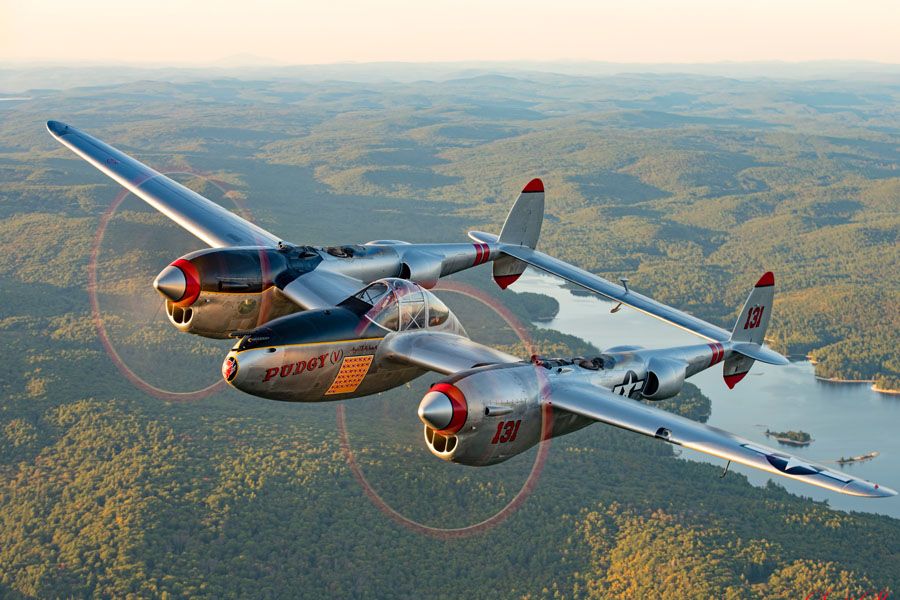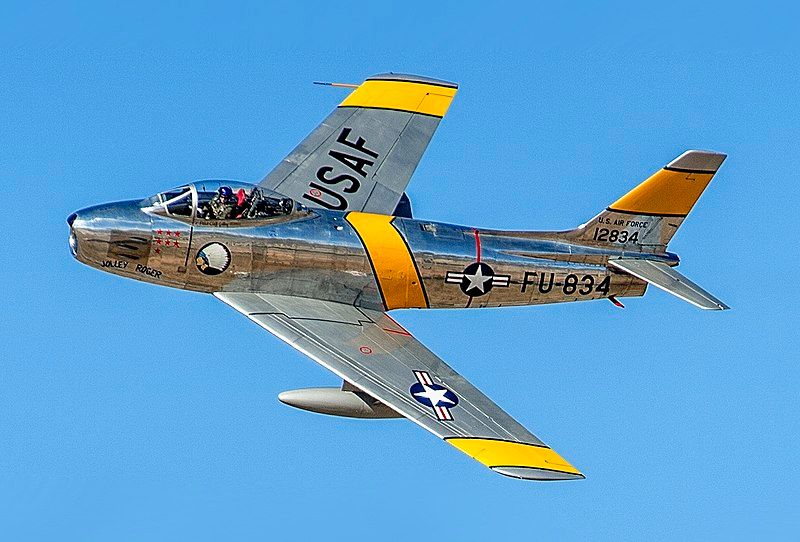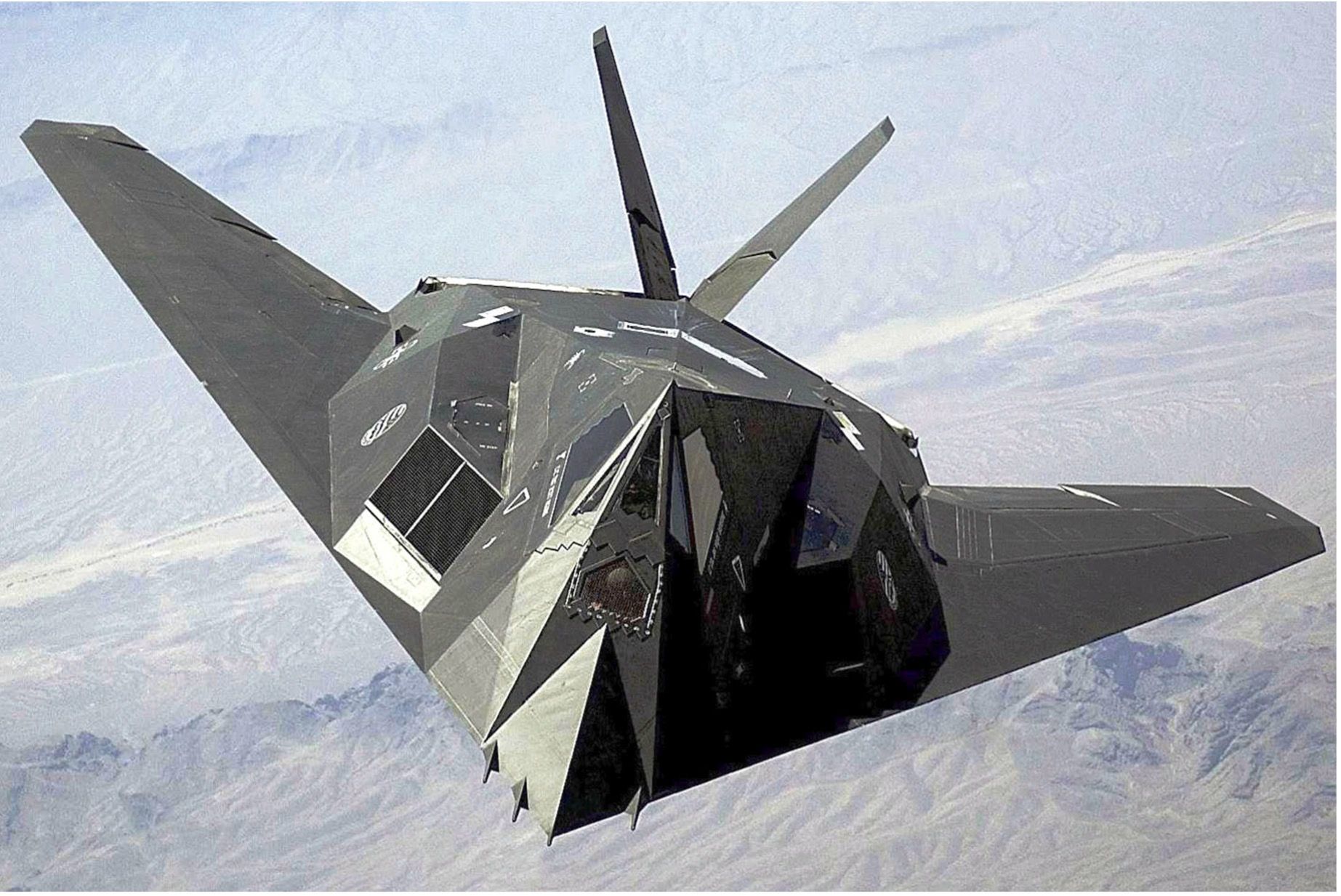Flying a fighter aircraft requires an immense amount of training, skills, and expertise. Their high speed, agility, and controllability characteristics make them difficult to master. Despite the acquired training and skills, some aircraft remain challenging to fly. This article explores some of the most difficult US military aircraft to fly.
1
Lockheed U-2 Spy Plane
Number produced: 104
- Max takeoff weight: 40,000 lb (18,144 kg)
- Cruise speed: Mach 0.715 (412 kn; 470 mph; 760 km/h) at 72,000 ft (22,000 m)
- Range: 6,090 NM (7,010 mi, 11,280 km) plus
- Endurance: 12 hours
- Service ceiling: 80,000 ft (24,000 m) plus
Despite its exceptional performance during a variety of combat missions, it remains one of the most difficult military aircraft to fly. With U2’s lightweight airframe and glider-like characteristics, it was difficult for the aircraft to land. The aircraft continued to float even at its minimum landing speed.
The limited cockpit visibility, a major design constraint, made things worse for landing. Pilots had a poor view of the surroundings, requiring a chase car with another U-2 pilot to assist the aircraft during touchdown. Pilots also struggled to maintain balance during takeoff, taking assistance from the auxiliary wheels.
2
Chance Vought F4U Corsair
Number produced: 12,571
- Maximum speed: 446 mph (717 km/h, 385 kn)
- Range: 1,005 mi (1,617 km, 873 NM)
- Power plant: 1x Pratt & Whitney R-2800-18W radial engine
- Engine power: 2,380 horsepower (1,770 kW)
The Vought F4U Corsair was designed to fill the gap of an attack aircraft in the 1940s. The aircraft was produced in very large numbers to be used as a carrier-based combat machine during World War II. While it became one of the most notable aircraft during that war, maintaining control of the aircraft was most challenging for pilots.
Landing the F4U on a moving carrier required very high precision, particularly because the aircraft’s stall speed was just over 90 mph. At that stalling speed, pilots had to perfectly align with the carrier with a precise glide slope angle to catch the arresting wire. Moreover, the aircraft’s cockpit visibility was limited by the location well in the rear fuselage.
3
Lockheed P-38 Lightning
Number produced: 10,000+
- Max takeoff weight: 21,600 lb (9,798 kg)
- Maximum speed: 414 mph (666 km/h, 360 kn) on Military Power: 1,425 hp (1,063 kW) at 54 inHg (1.829 bar), 3,000 rpm and 25,000 ft (7,620 m)
- Combat range: 1,300 mi (2,100 km, 1,100 NM)
- Ferry range: 3,300 mi (5,300 km, 2,900 NM)
- Service ceiling: 44,000 ft (13,000 m)
Capable of carrying up to 4,000 pounds of bombs, rockets, and other armament, the P-38 Lightning was the fastest production aircraft when it came out. Its climb speed of 3200 ft/min at sea level and 2300 ft/min at 20,000 feet remains one of the highest today. The high-performance aircraft was difficult to control and maneuver, particularly when carrying a heavy payload.
Photo: American Heritage Museum
The United States Army Air Corps (USAAC) operated a fleet of P-38s to guide a large number of medium and heavy bombers to and from their targets. The underwing load of P-38 Lightning often made it dangerous for pilots to control the aircraft at high speed. Nonetheless, the P-38 Lightning set the stage for the Allied victory in the Pacific.
4
F-86 Sabre
Number produced: 9,860
- Max takeoff weight: 18,152 lb (8,234 kg)
- Maximum speed: 687 mph (1,106 km/h, 597 kn) at sea level at 14,212 lb (6,446 kg) combat weight
- Combat range: 414 mi (666 km, 360 NM) with two 1,000 lb (454 kg) bombs and 2x 200 US gallons (170 imp gal; 760 L) drop tanks
- Service ceiling: 49,600 ft (15,100 m) at combat weight
The F-86 Sabre was the first swept-wing jet fighter used by the US Air Force (USAF). During its early missions in the 1950s, the jet achieved a kill ratio of 8:1. Since it was built when military aircraft transitioned from propeller-driven engines to jet engines, it proved to be challenging for pilots.
It was difficult to attain the skills required to practice the G forces generated during high-speed maneuvers. Moreover, adapting to the idiosyncrasies of the new “jet” took more time for pilots than anticipated. Some performance flaws related to its distinct design caused the aircraft to overrotate at takeoff, resulting in a high accident rate at low altitudes.
5
Lockheed F-117 Nighthawk
Number produced: 64
- Max takeoff weight: 52,500 I (23,814 kg)
- Maximum speed: Mach 0.92 (594 kn, 684 mph, 1,100 km/h)
- Range: 930 NM (1,070 mi, 1,720 km)
- Service ceiling: 45,000 ft (14,000 m)
The F-117 Nighthawk featured a highly distinctive shape with unique angles that deceived most radars. The aircraft signature was almost impossible to detect, giving it a very high stealth capability. Similarly, unique horizontal exhaust vents reduced the aircraft’s thermal signature.
Photo: USAF
With all the stealth capabilities, the manufacturer had to compromise on the F-117’s aerodynamic characteristics. With relatively poor stability, it was known as “Wobblin’ Goblin” among pilots. Despite having a multi-redundant computerized fly-by-wire control, the aircraft remained a challenge for pilots. It was not only difficult to keep in the air, but precise maneuverability at high speeds was also difficult to achieve.


